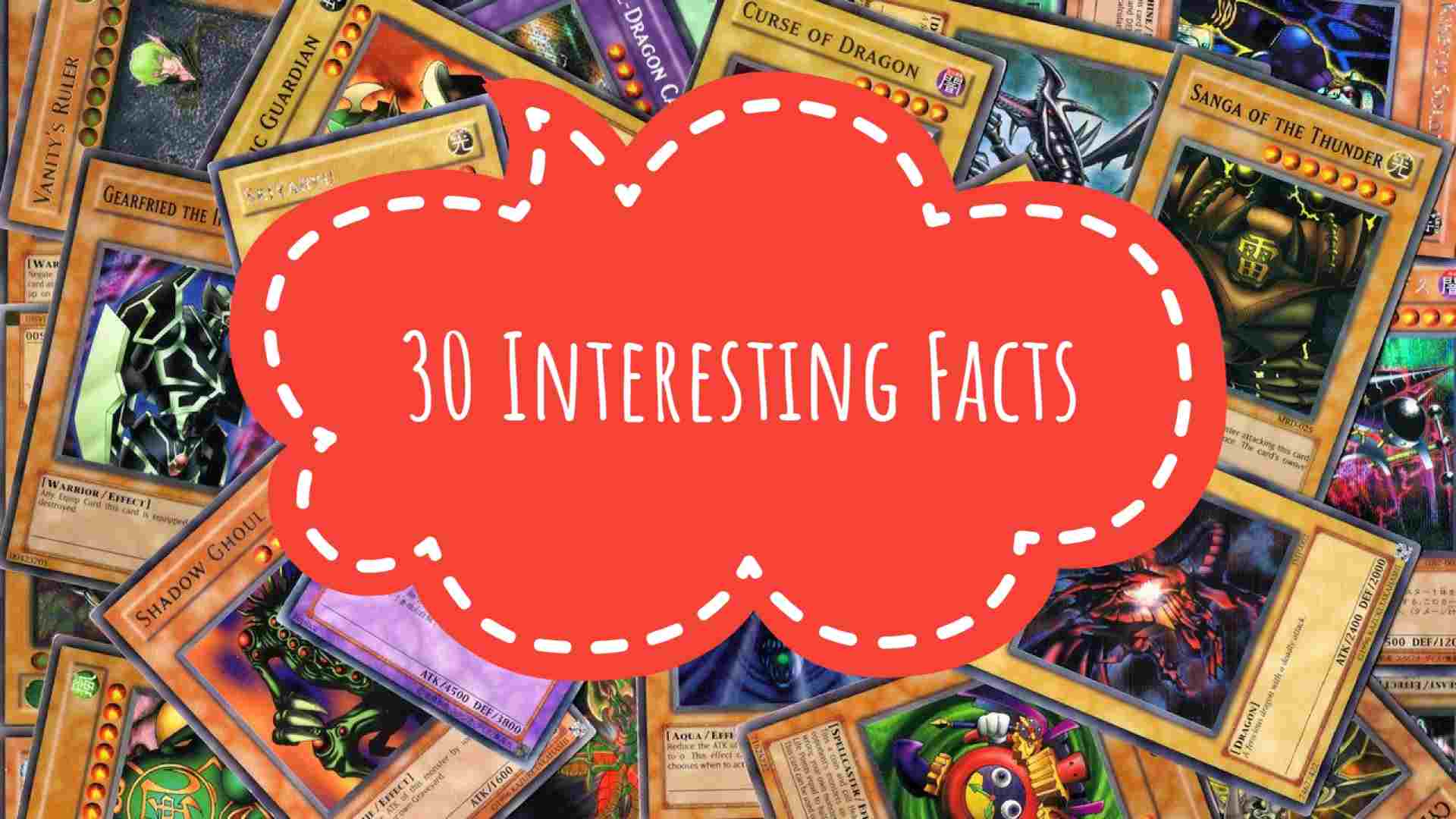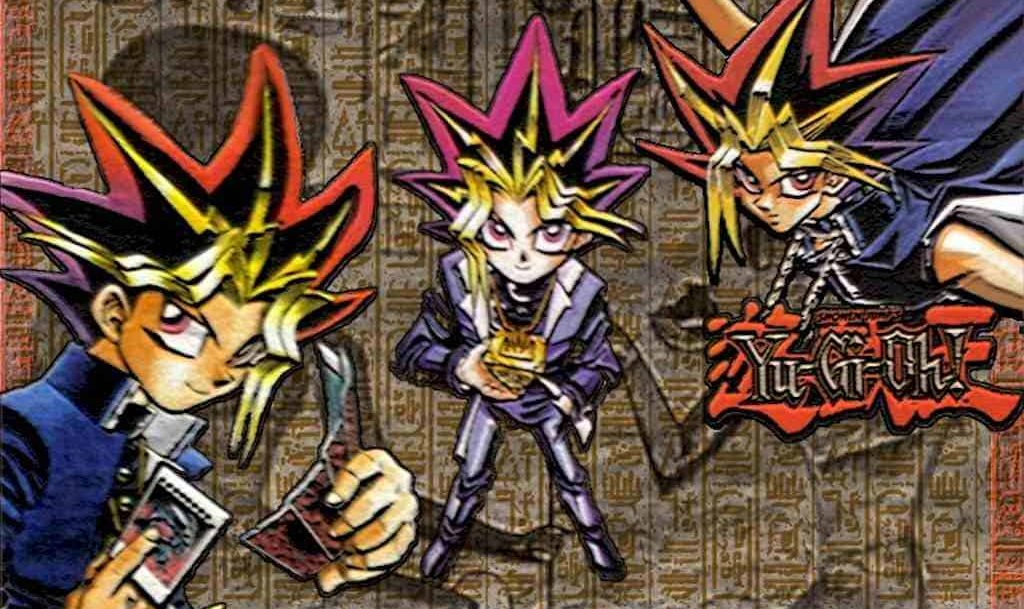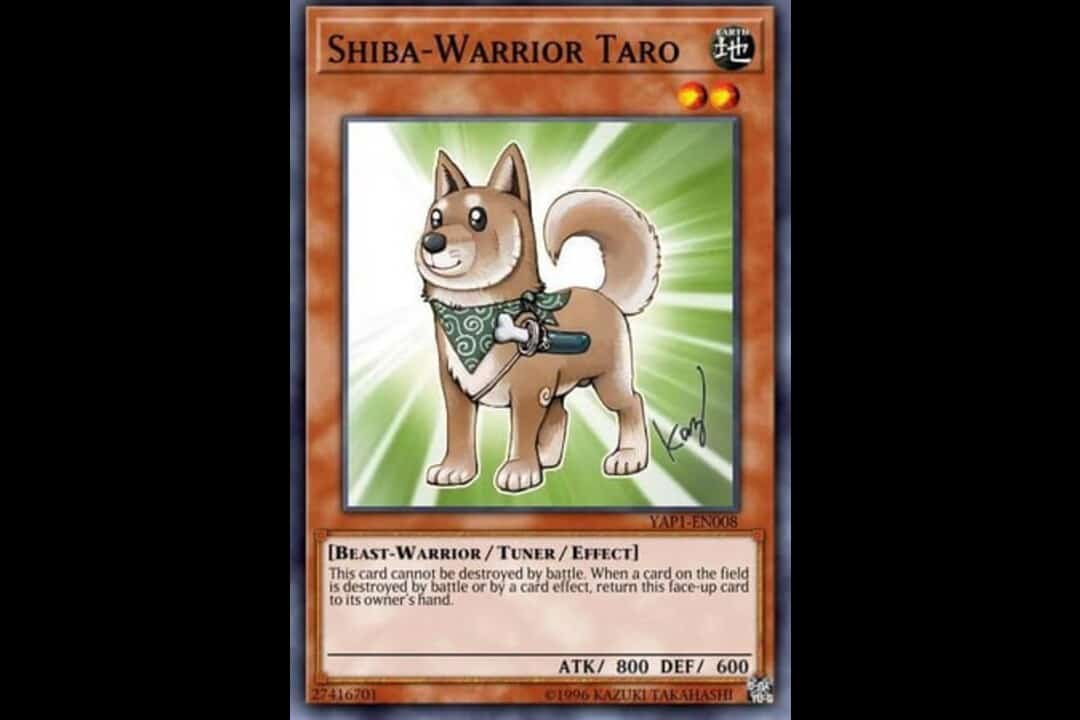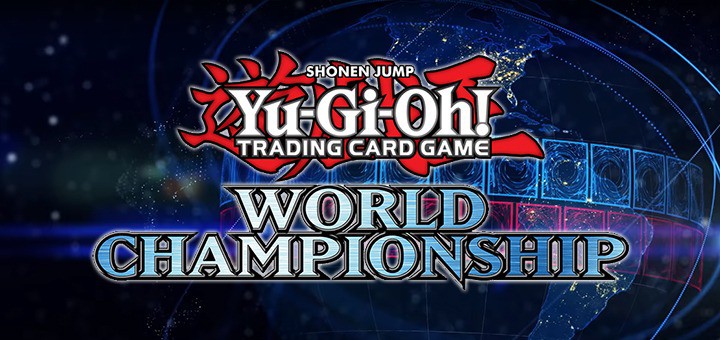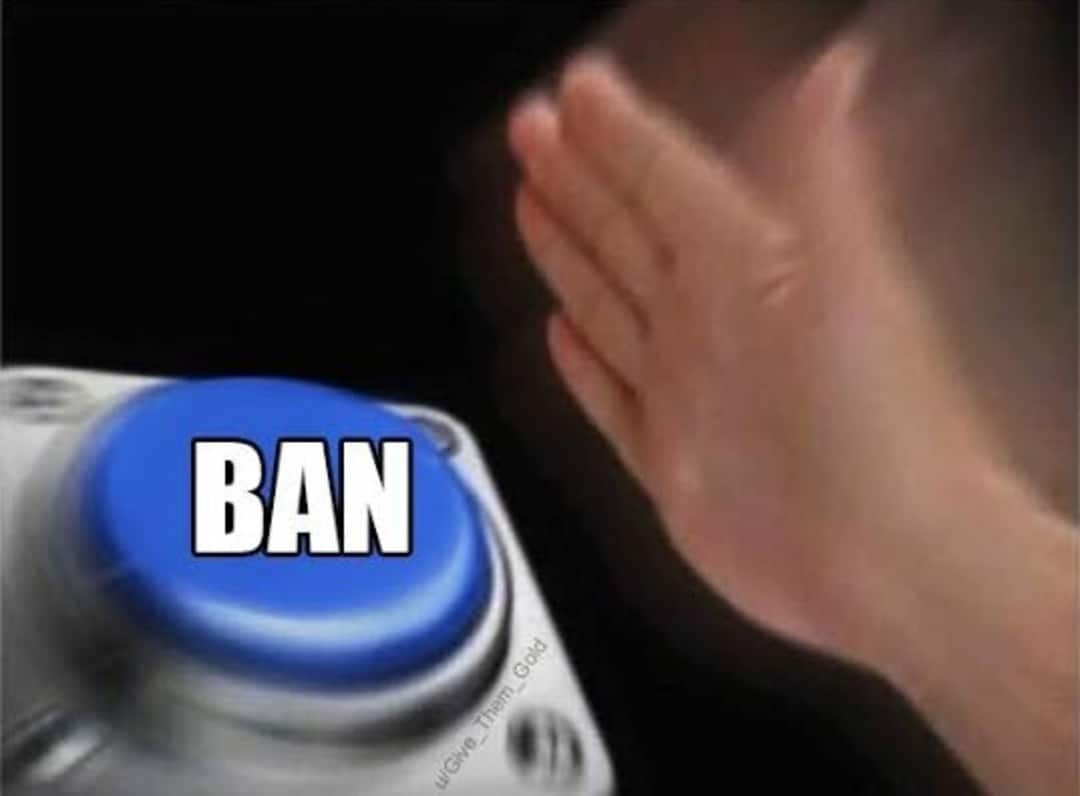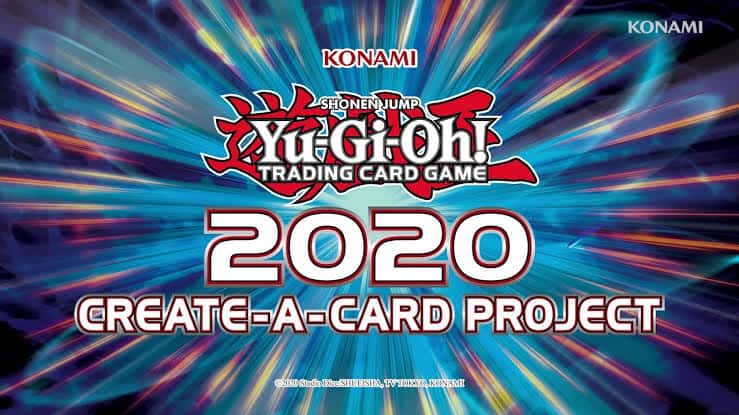It’s time to Duel! Those are the words that all of us are reminded of when we hear the name Yu-Gi-Oh! The epic rivalry between Yugi Muto and Seto Kaiba and the adventures they had in the series while dueling is some of the most memorable moments for the people born in the 90s or early 2000s.
The Yu-Gi-Oh! Series have been around in the anime world for almost two decades. It had a very successful and memorable anime adaptation and has also sold a lot of merchandise since its release. This article will list some interesting facts that you may have never heard about, even after completing the series.
If you haven’t watched Yu-Gi-Oh! Yet, don’t worry; I am sure that after reading the facts, you will develop the curiosity to watch it. Without further delay, here are 30 interesting Yu-Gi-Oh! Facts that you need to know:
1. The King of Games
The title of the series Yu-Gi-Oh! Means Game King or King of Games, but surprisingly, the name for the English dubbed version of the series, which aired in the United States from September 29, 2001, to June 10, 2006, kept naming the series Yu-Gi-Oh! Duel Monsters instead of the literal translation to King of Games.
The creator of the series has a passion for gaming and manga, which he mixed brilliantly to make Yu-Gi-Oh! His most successful work.
2. The Previous works of the Author and Dragon Ball Z
As mentioned before, the creator of the series, Kazuki Takahashi, has a great passion for gaming and manga, but before Yu-Gi-Oh! He did write some stories in different genres. The first manga to be published was a high school comedy, which flopped.
Later, he tried his luck with a manga based on professional wrestling, but that didn’t go as well. Takahashi is a big fan of the action genre, and he wanted to do an action manga, but he wasn’t confident that he could write or create something to rival Dragon Ball Z, which was a top-selling series at the time.
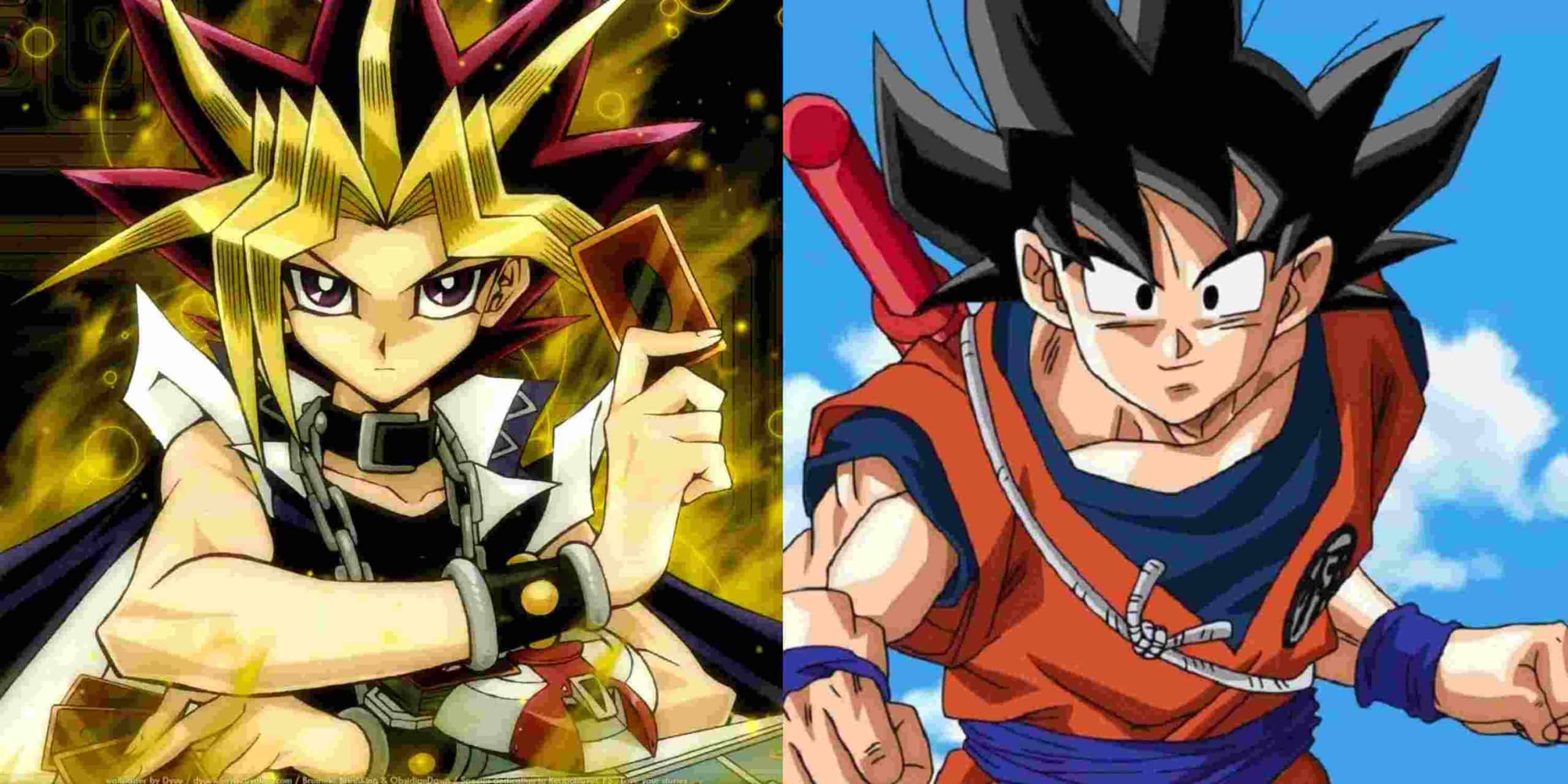
Finally, he mixed his two passions, one for games and one for the manga, to create the concept for Yu-Gi-Oh! It took Takahashi around one year with his editor to finalize the manga. The Yu-Gi-Oh! manga was published in September 1996 in Japan by Shueisha.
3. The “Season Zero.”
The original anime adaptation of the Yu-Gi-Oh! series is known by the fans as “Season Zero.” It adopted the first seven volumes of the manga, written by Kazuki Takahashi, and aired in 1998. It was never released outside of Japan as it covered more dark themes true to the manga as compared to the censored versions released by 4Kids Entertainment.
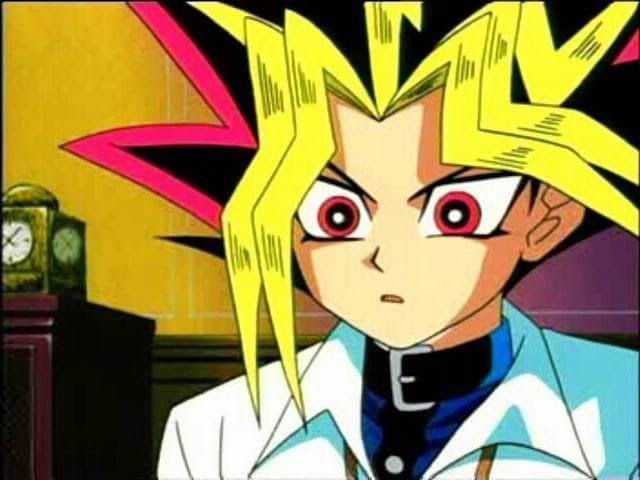
The episode usually had the protagonist, Yugi (the Pharaoh version), Duel off with other characters with much higher stakes, in which most of the opponents died, went insane, or was left trapped in the shadow realm.
4. Yu-Gi-Oh! The Horror Manga
The series was originally intended to be a horror manga, which explains the much darker themes in the first seven volumes of the manga as compared to the rest of the series. Later on, the series was categorized into the shonen genre because of the friendship element and the gradual growth of the protagonist in the story.
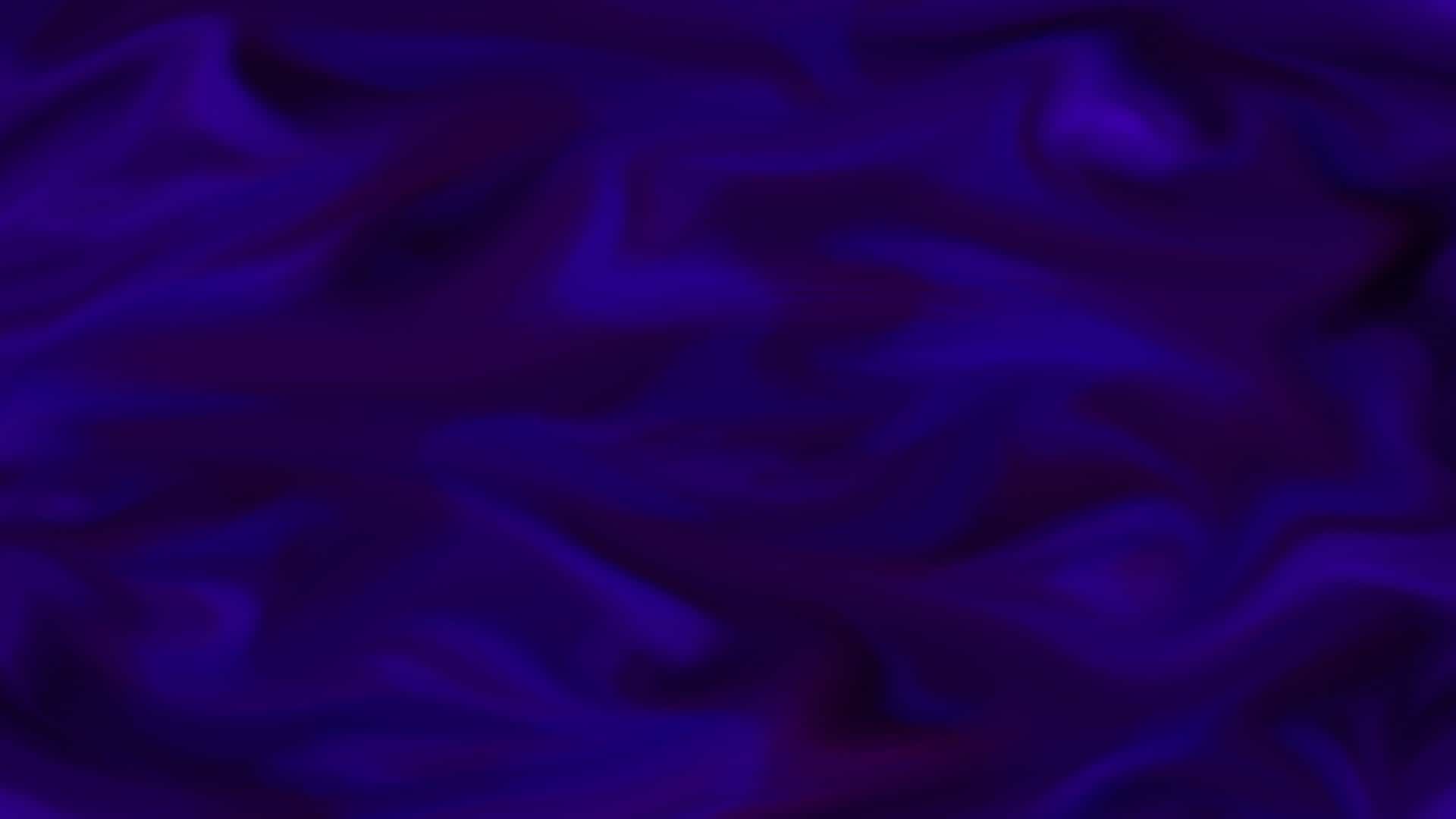
5. Seto Kaiba’s inspiration in Real Life
The beloved character Seto Kaiba from the series was actually based on a real person whom the author Takahashi had met in real life. Takahashi’s friend knew a card gamer whom Takahashi requested to teach him to play.
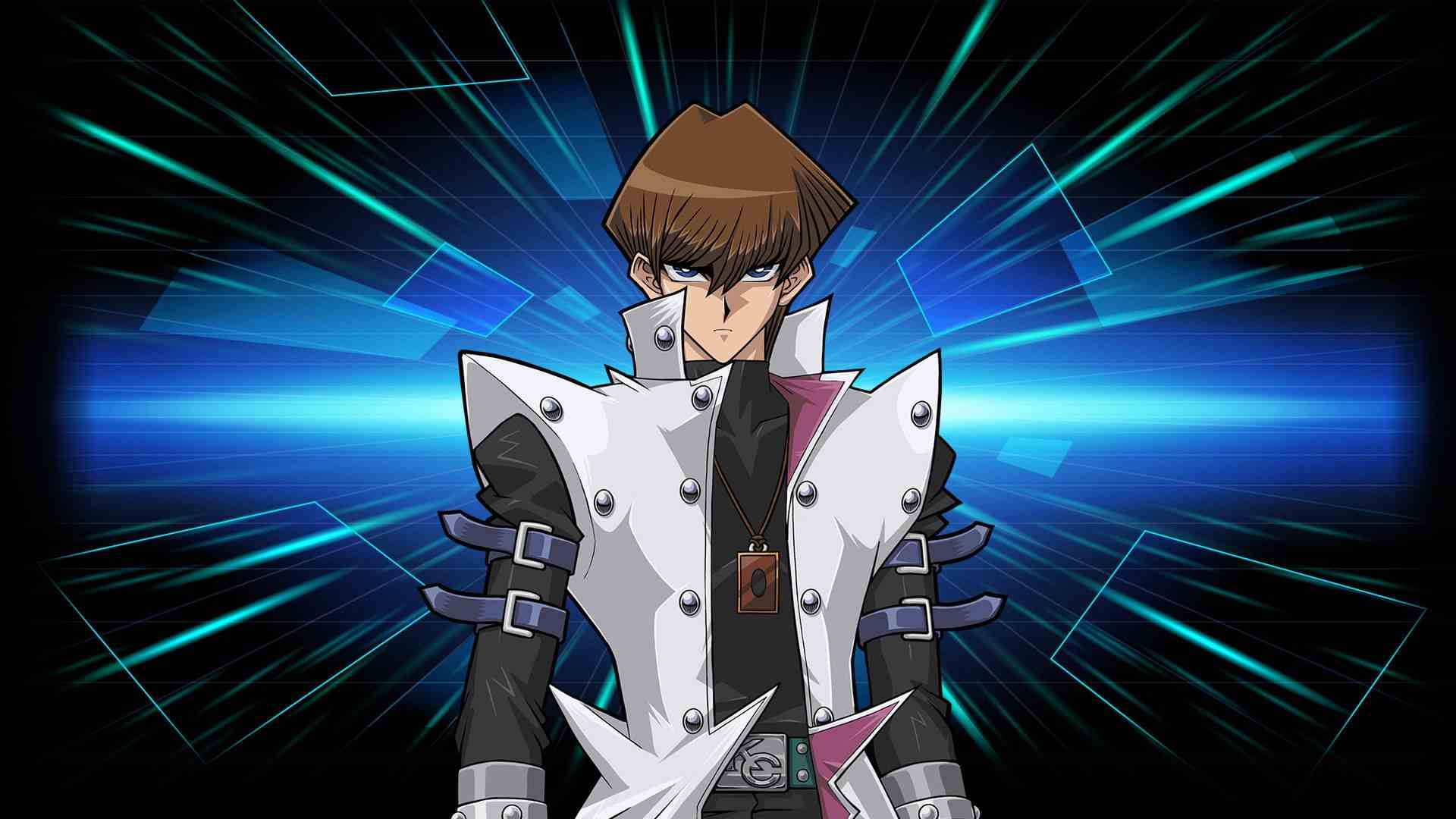
But that person refused to do so and put up the condition that he would teach Takahashi only when he had reached 10,000 cards. Takahashi took the attitude and personality of the person he met and used them as inspiration to create the character Seto Kaiba, who plays a major role throughout the series.
6. Joey, the Strongest Duelist
No one would have thought that Joey Wheeler would be the strongest duelist in the Yu-Gi-Oh! Universe. According to the Yu-Gi-Oh! Character guide, The Gospel of Truth, Kazuki Takahashi mentions that he believes that Joey is stronger than Yugi and Seto Kaiba.
Well, we all anticipated that at some point in the series when we saw Joey with the Red-Eyed Black Dragon, which obviously looked like the rival to the Blue-Eyed White Dragon wielded by Kaiba.
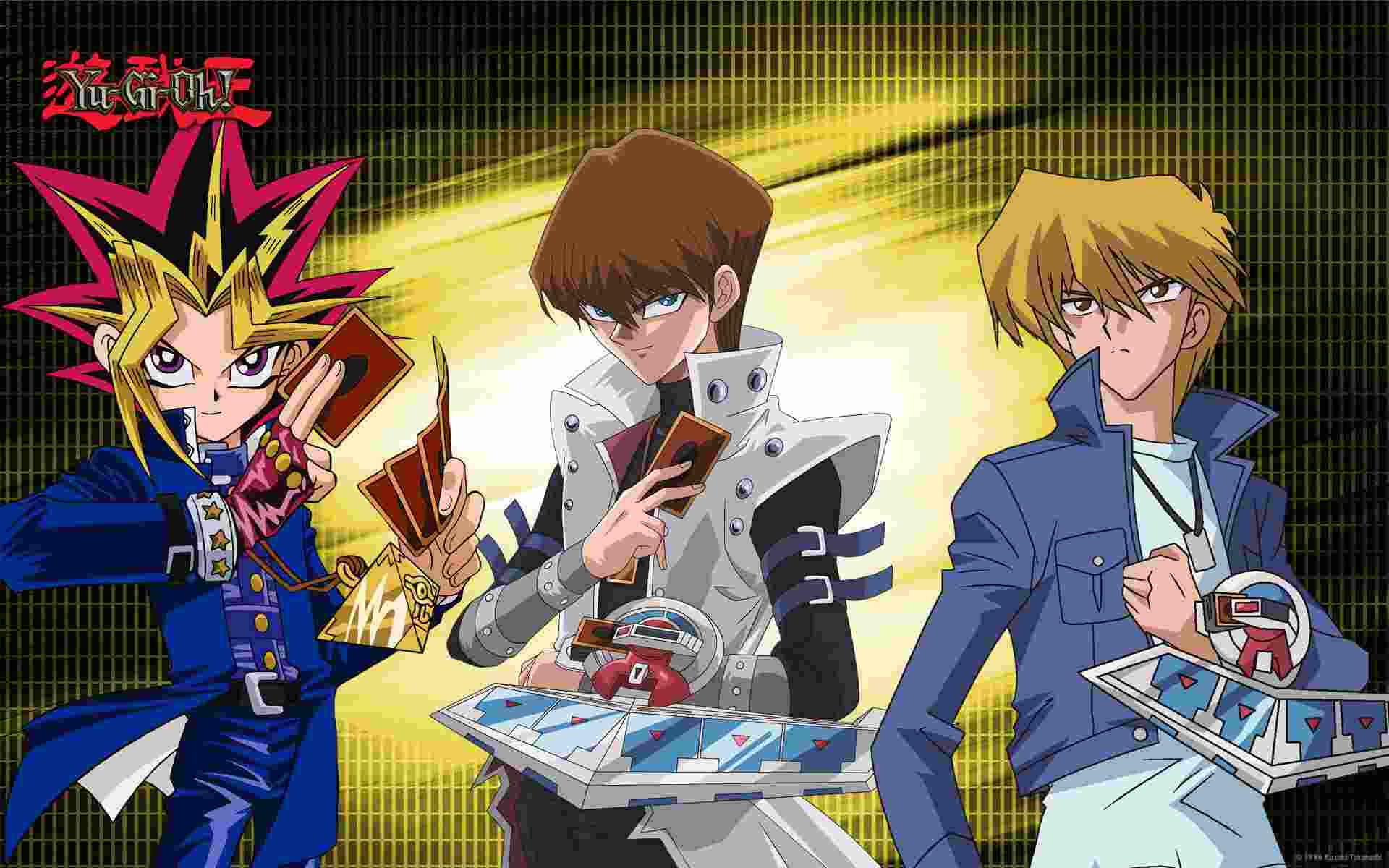
Also read: Yu-Gi-Oh! New Spin-Off Manga Announced: What Is It About?
7. Slifer the Sky Dragon is not an Egyptian God.
Only one Egyptian God Card is not named after a real Egyptian mythical being, and that is Slifer the Sky Dragon. The card is named after Roger Slifer, who worked at the show at the time of its appearance.

8. Takahashi’s Visit to Egypt
For reference and ideas for some storylines, the Author Takahashi went to Egypt. He stated that he loved the atmosphere of the place and the frankness of the people of Egypt and felt inspired by his visit.
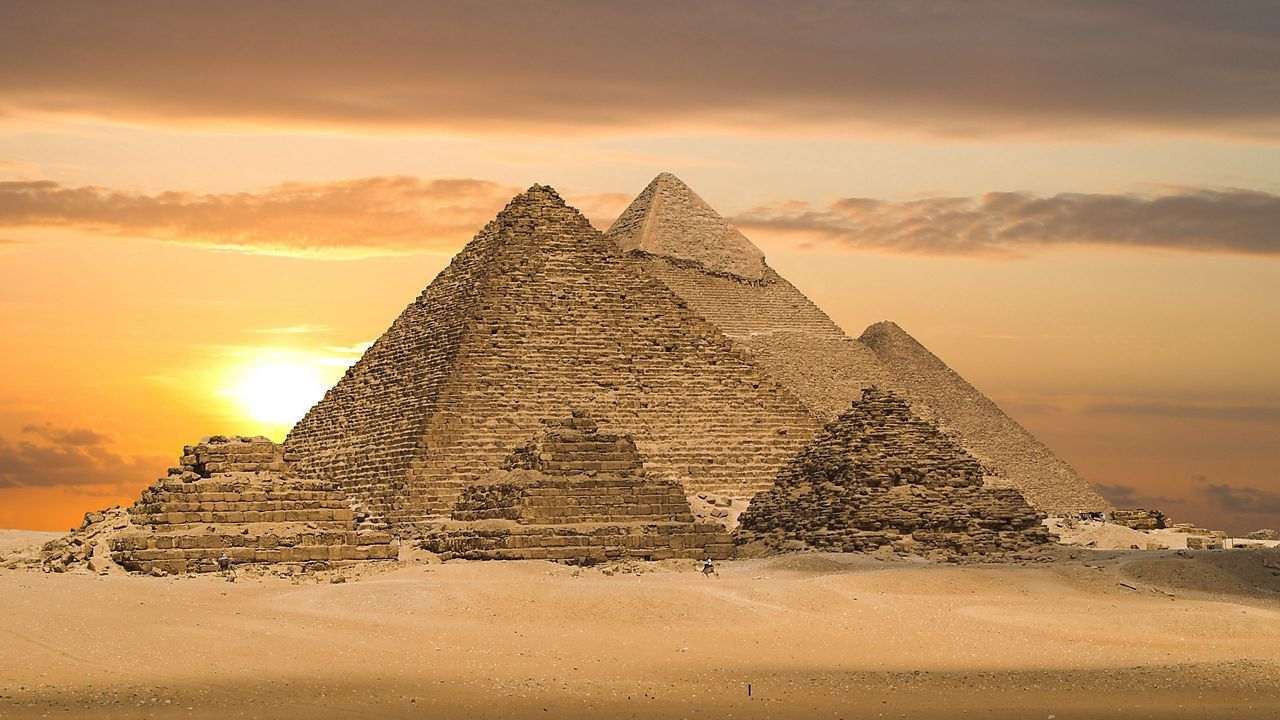
9. Takahashi’s favorite Duel Monster/Card
Takahashi’s favorite duel monster or card is none other than the Blue-Eyes White Dragon, which is also the favorite card of the character Seto Kaiba. A perceptive fan can guess this out as this is one of the first cards introduced in the series and has become an instant fan favorite since then.
Some other favorite cards of the author are the Dark Magician used by Yugi, Kuribo, Red Eyes Black Dragon, Buster Blader, Exodia, and Gaia the Fierce Knight.
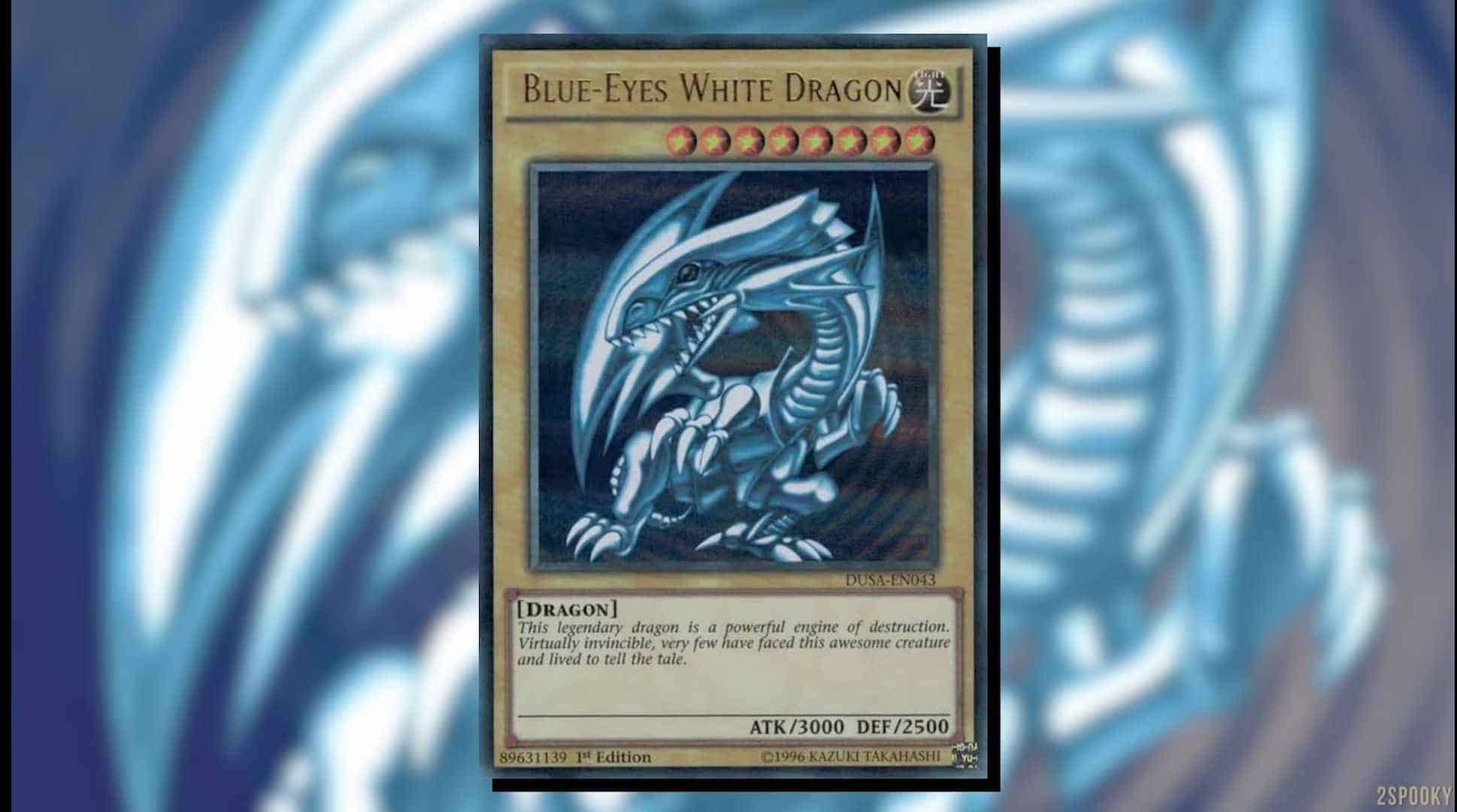
10. The Shiba Warrior Taro Card
The Shiba Warrior Taro card in Duel Monsters is a rather plain card compared to the rest of the series. It has the art of just being a Shiba Inu wearing a green bandana. The reason for including this card in the series is none other than the fact that Kazuki Takahashi (the author of the series) had a pet Shiba Inu.
The card is based on the Shiba Inu that Takahashi owned, and he even gave the Shiba Inu in the card art a green bandana. This was done to create more resemblance between the dueling monster card and the author’s pet. The author’s Shiba also wore a green bandana sometimes, which inspired the author to add that personal touch to the card meant to depict his love for his pet and faithful companion.
11. Kaiba’s Theme Park
Everyone knows that Kaiba is a sore loser when it comes to his duels with Yugi. In season zero, he built an entire theme park named Death-T in order to recreate the shadow game with the Pharaoh that he lost to. He planned on killing Yugi, but Yugi’s grandfather, Suguroku, was a game master who traveled the world playing games with different people.
Every person who tried the game died, but Suguroku barely solved it with the help of the millennial puzzle and later entrusted the puzzle to Yugi.
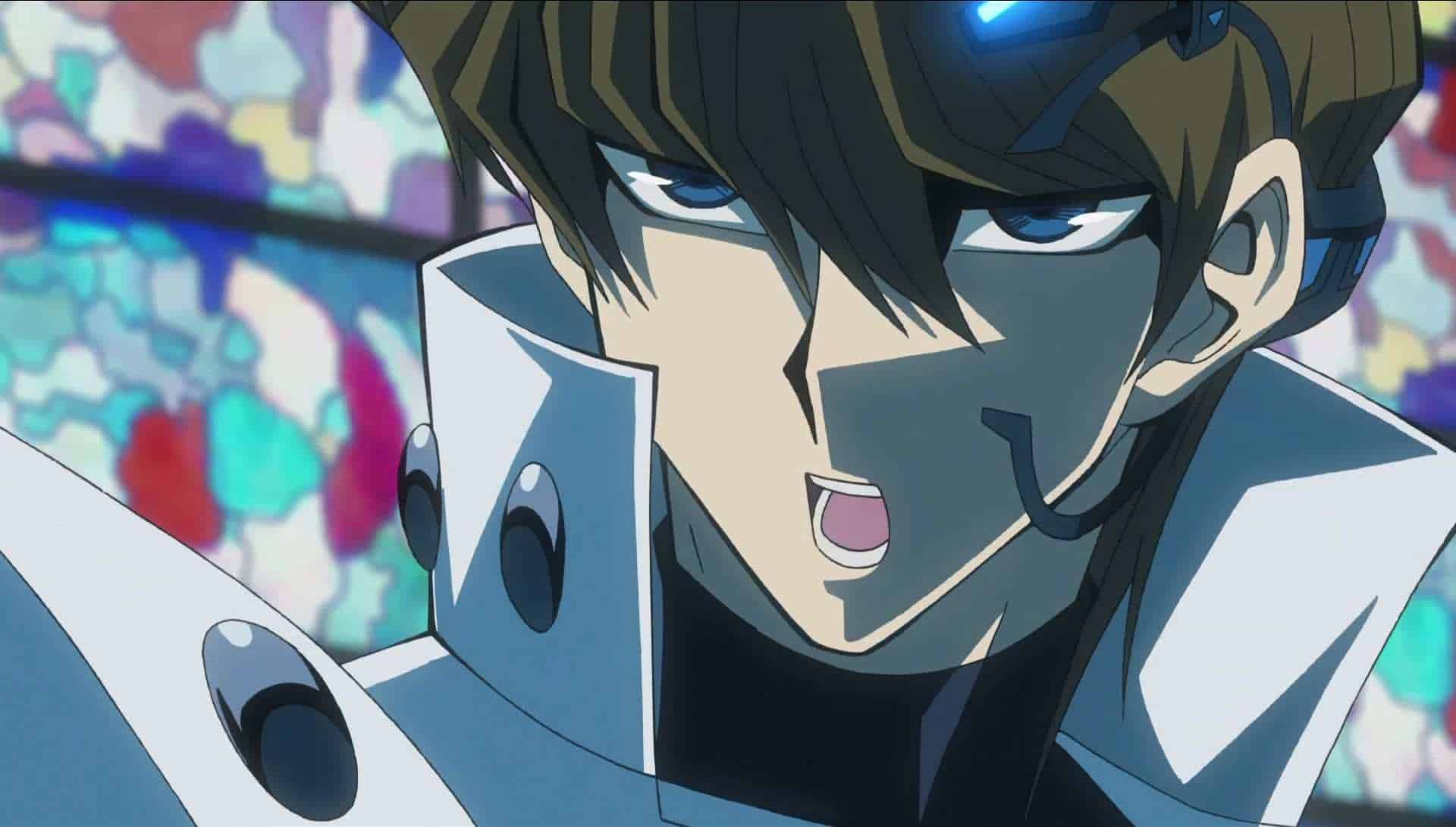
Also Read: Yu-Gi-Oh! Go, Rush!! Episode 30: Release Date, Streaming Guide & Preview
12. The Biggest Trading Card Game
As we know, the Yu-Gi-Oh franchise is a card-based game at its core, and Konami secured the rights to develop, produce, and distribute all real-life game-related content of it. The Yu-Gi-Oh! Trading Card Game has sold over 22 billion trading cards worldwide, making it one of the biggest and best-selling trading card games of all time.
Konami, which has the rights to create and sell real trading cards from the game, also organizes world tournaments for duelists who play the Yu-Gi-Oh! Game all around the world. The Yu-Gi-Oh! World Championship is held annually in Japan, in which national players (players who have won a national event of a Yu-Gi-Oh! game) from many countries compete for the world championship.
The World Championship uses a special ban list and a limited list. Some cards are banned from play in the tournament, and some are limited to a specific number of copies in a duelist’s deck. This is done to ensure fair play and competitiveness, which makes the tournament very fun to witness.
13. The Ban on Trading Cards
The trading card game Yu-Gi-Oh! was surprisingly banned from many schools in the past and is still banned in some. The authorities at the schools believe that the game is used to promote gambling in young children, which is not good for them.
14. The Parody of the Popular Anime Series
The popularity of the Yu-Gi-Oh! Anime series are so high that it has been parodied in many popular TV shows in the West and in other parts of the world as well. Some of the famous shows that parodied the anime series are The Simpsons, Robot Chicken, and South Park.
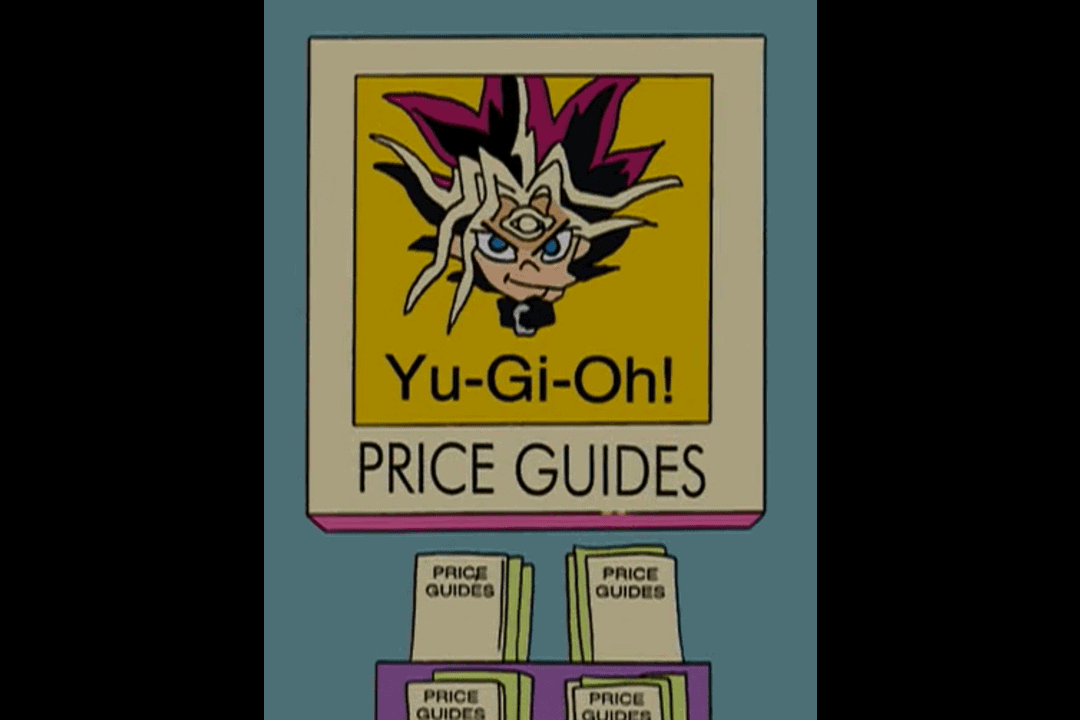
15. Yu-Gi-Oh! Cards used as a Marketing Tool
The popularity of Yu-Gi-Oh! among the people is so high that many fast food chains, such as KFC and Taco Bell, have previously used the trading card concept of anime as a marketing tool to promote their businesses.
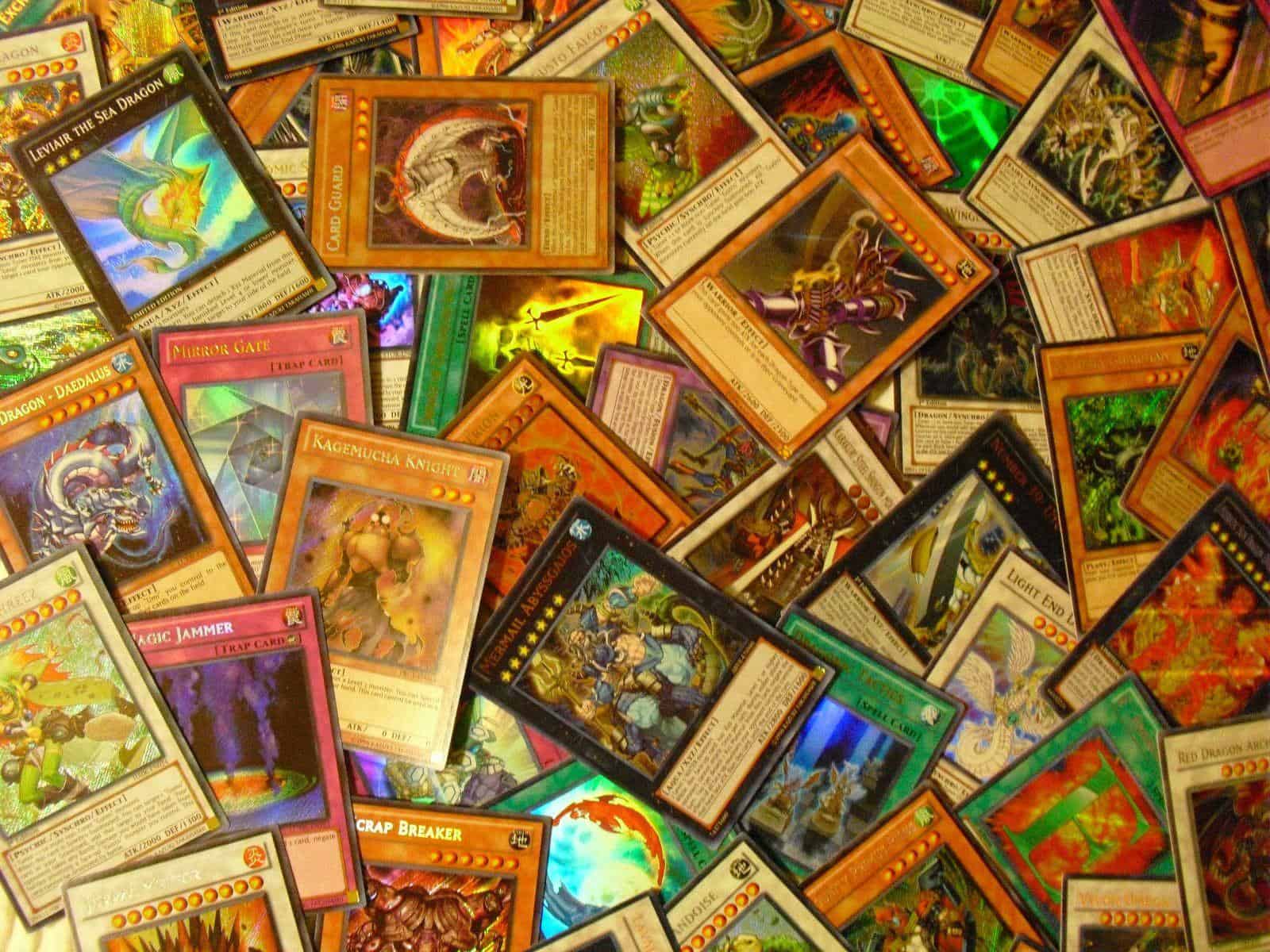
16. Inspiration for Marik
The inspiration for Yami Marik, the mind controller, is a strange story. The author Takahashi did not like carrying a cell phone; he wanted his assistants to find him whenever they wanted and have the ability to get into his mind. He turned this idea into a character, Marik, who could invade people’s minds and possess them.
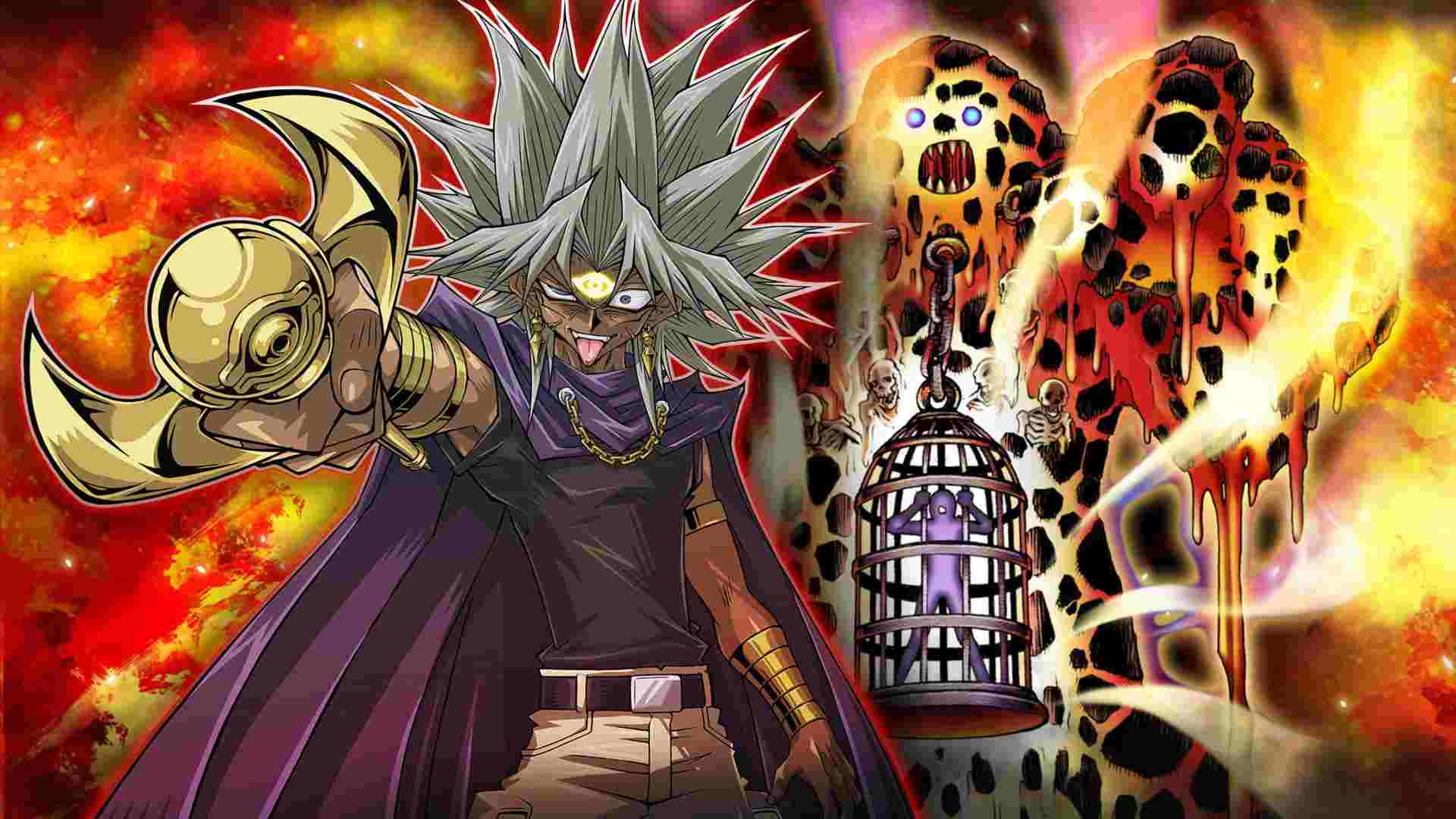
17. New Hairstyles for Joey Wheeler and Seto Kaiba
Takahashi himself created and oversaw the character designs of the main characters in the original Yu-Gi-Oh! Series, or “season zero,” as we know it. But did you know that in the early days of the series, Seto Kaiba had green hair, and Joey Wheeler had the same blonde but shorter hair?
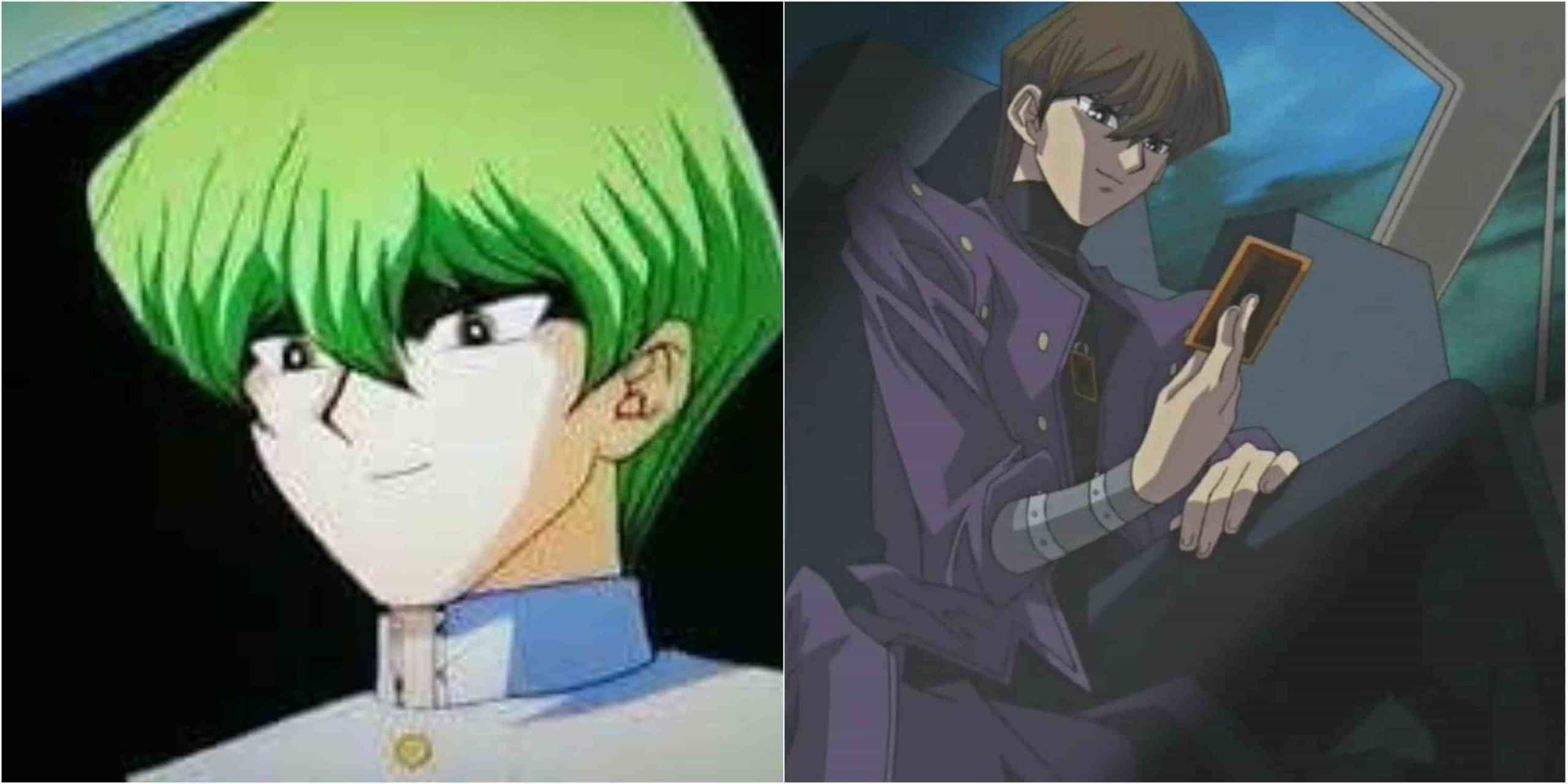
After a few episodes, Kaiba’s hair changed, as did Joey’s. Kaiba’s new hairstyle was brown and a bit longer than before, while Joey’s was still blonde but more angular. Kaiba’s new hairstyle was brown and a bit longer than before, while Joey’s was still blonde but more angular.
18. Tyler The Great Warrior
The card Tyler The Great Warrior is not a creation of the author of the Yu-Gi-Oh! Series or anyone involved in its production. It was designed by a fourteen-year-old boy named Tyler Gressle under the Make-a-Wish Foundation program. He was diagnosed with a rare type of liver cancer and had to go through many surgeries with low chances of survival.
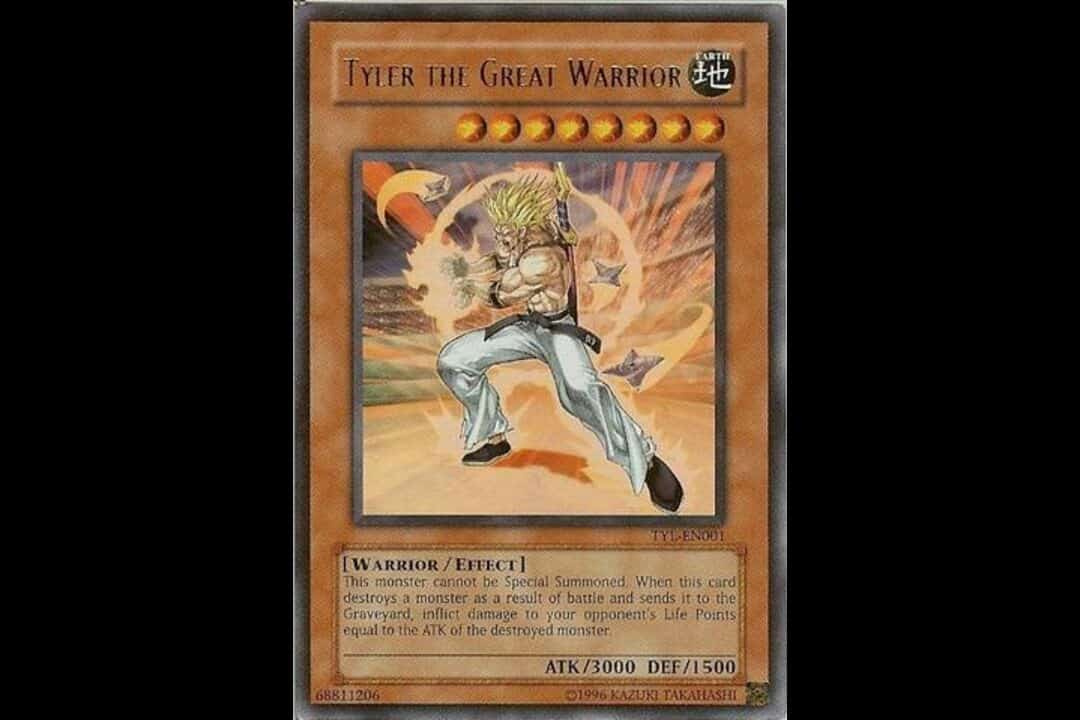
He pulled through the surgeries and had a good recovery. It is believed that the card designed is based on Future Trunks from Dragon Ball Z, and they look really similar as well, but there is no confirmation of the same.
19. Create a Card Competition
Including the aforementioned Tyler, the Great Warrior card, there are a total of sixteen different cards that were created by fans. Besides Tyler the Great Warrior, the other fifteen are the result of a card competition. These cards have been featured in the Yu-Gi-Oh! Anime as well.
20. The Death of Bandith Keith and Pegasus.
In the manga, after Bandith Keith, who was the best duelist in all of America, loses to Joey Wheeler, he goes and confronts Pegasus with a gun and tries to blackmail him. In the anime, the gun is censored, and Keith falls through a trap door, but in the manga, Pegasus uses his millennium eye to make Keith shoot himself.
As for Pegasus, after his Duel with Yugi, Dark Bakura kills him by ripping out his millennium eye and placing a fake one near his body.
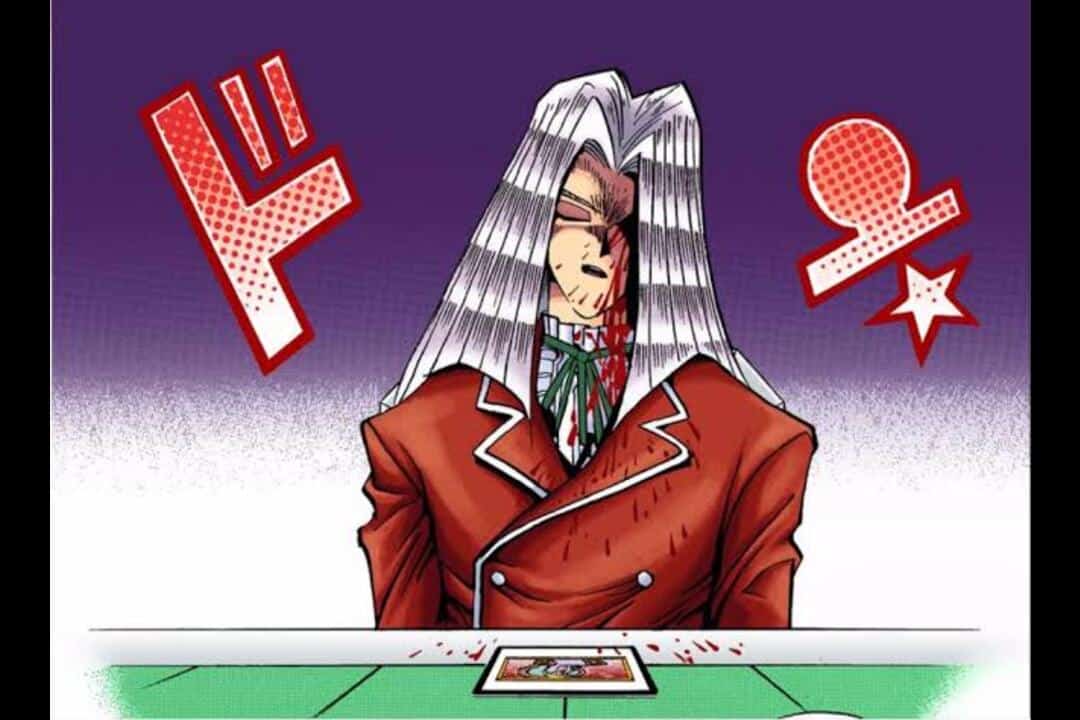
21. The Worm Alphabet in Yu-Gi-Oh!
In the worm archetype of monsters in the Yu-Gi-Oh! Series, there are twenty-six monsters, all of whom have the first letters of their names starting with a different alphabet from A to Z. Worm Apocalypse starts with the first letter, and Worm Zero ends the alphabetical sequence with the last letter, Z.
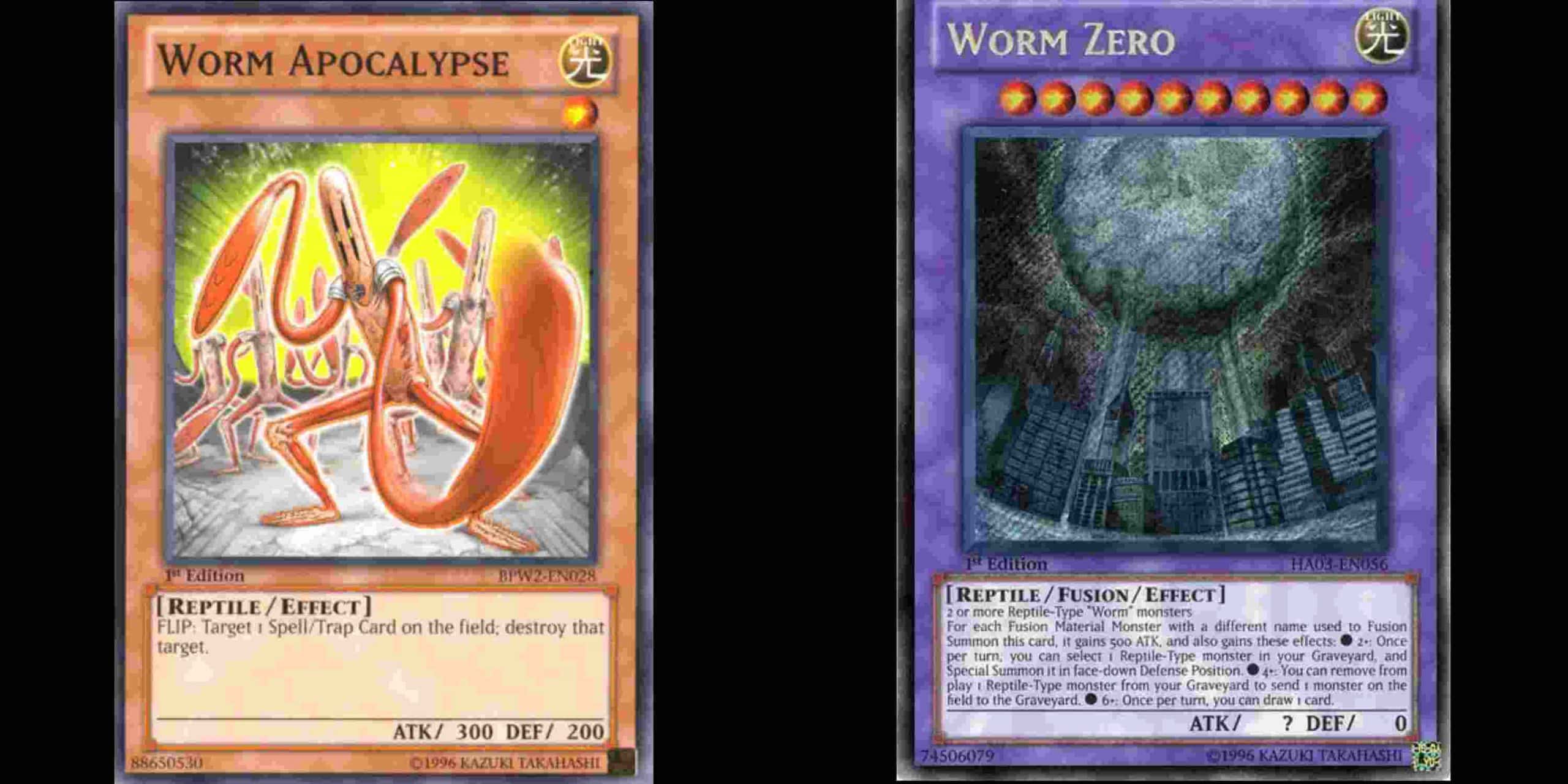
Also Read: 32 Card Games Anime Series Of All Time: Best Storyline, Action & Thriller!
22. The No Monster Reborn Duelist
Every protagonist in the Yu-Gi-Oh! The franchise has included the Monster Reborn set in their deck, except for Yusei Fudo. Yusei Fudo is the protagonist of the Yu-Gi-Oh! 5D’s, which is the third installment in the Yu-Gi-Oh! Series after the original Yu-Gi-Oh! Duel Monsters and Yu-Gi-Oh! DX.
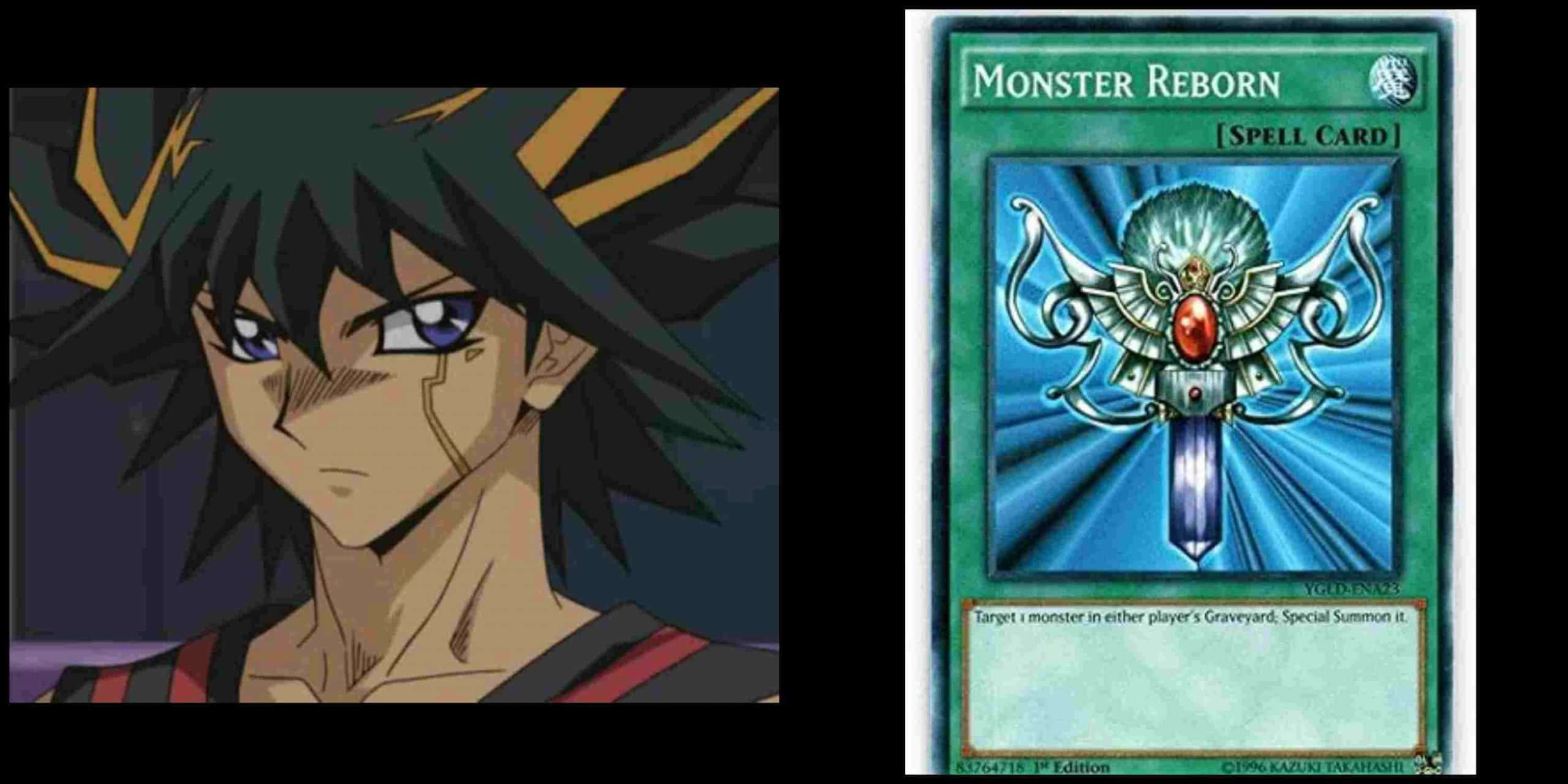
23. The Card having the Most number of Alternate Cards Arts
Only two cards from the thousands of cards in Yu-Gi-Oh! have the most alternate card art. The Blue Eyes White Dragon and Dark Magician are tied for the most number of alternate card arts in the series, with each of them having seven alternate arts.
But if OCG is considered, The Blue Eyes White Dragon wins in this rivalry by getting an extra alternate card art, tallying up the total of alternate card arts for the card to 8, and hence beating Dark Magician. This number held by the Blue Eyes White Dragon and Dark Magician is considered a non-counting token in the series.
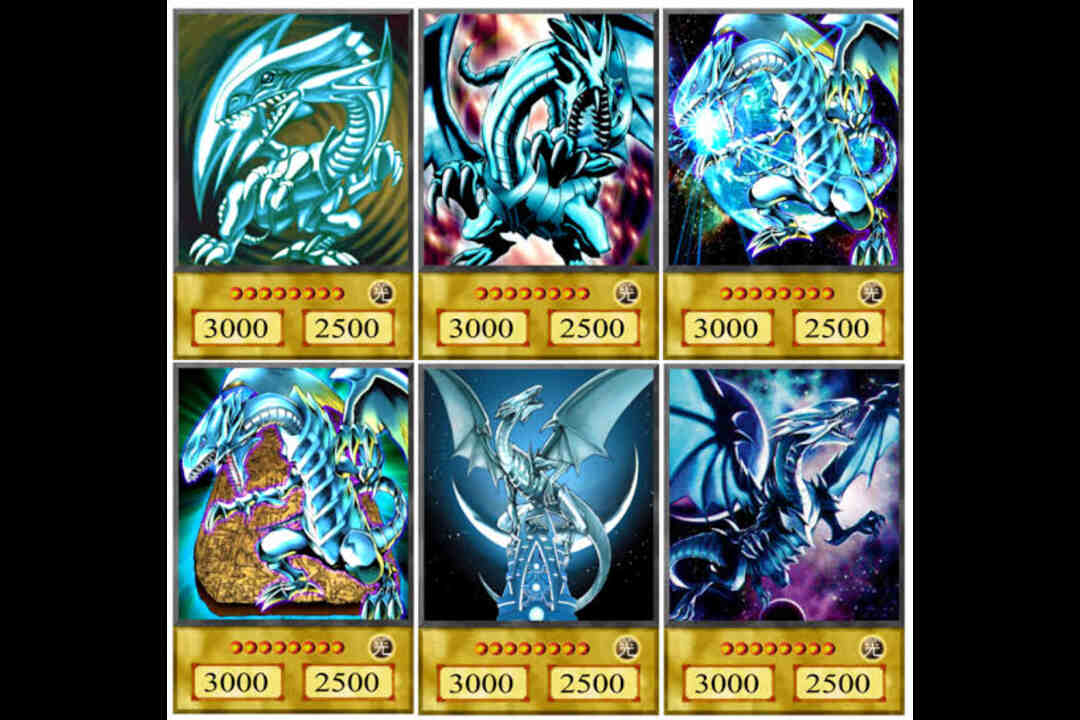
The token card has multiple card arts and would be considered the card with the most alternate arts. The reason for not considering tokens is that token monster cards are not part of a deck but an extra deck for a player. They are summoned because of the card effect of another monster or spell card. This does not make them an actual monster card that can be chosen by a player to include in their decks.
24. The Secret of D in Yu-Gi-Oh!
Many fans are left wondering what the “D” stands for in “Lord of D.” The D stands for Dragons, which makes the full name of the card “Lord of Dragons.” However, in the video game Yu-Gi-Oh! In the Falsebound Kingdom, which was developed and published by Konami and released for the GameCube, The letter D stands for darkness, which makes the full name of the card “Lord of Darkness.”
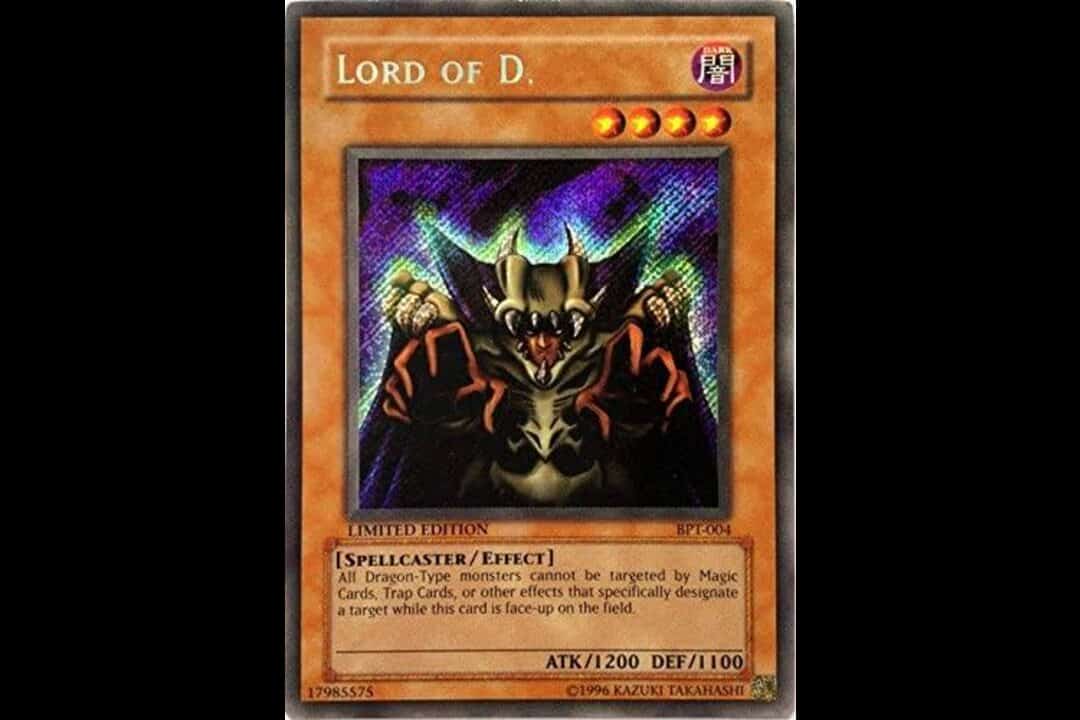
25. The Alterations to Red Eyes Black Dragon
In the earliest card art for Red Eyes Black Dragon, the dragon can be seen having three claws, but in future reprints or variations, the number of claws was increased to four from three.
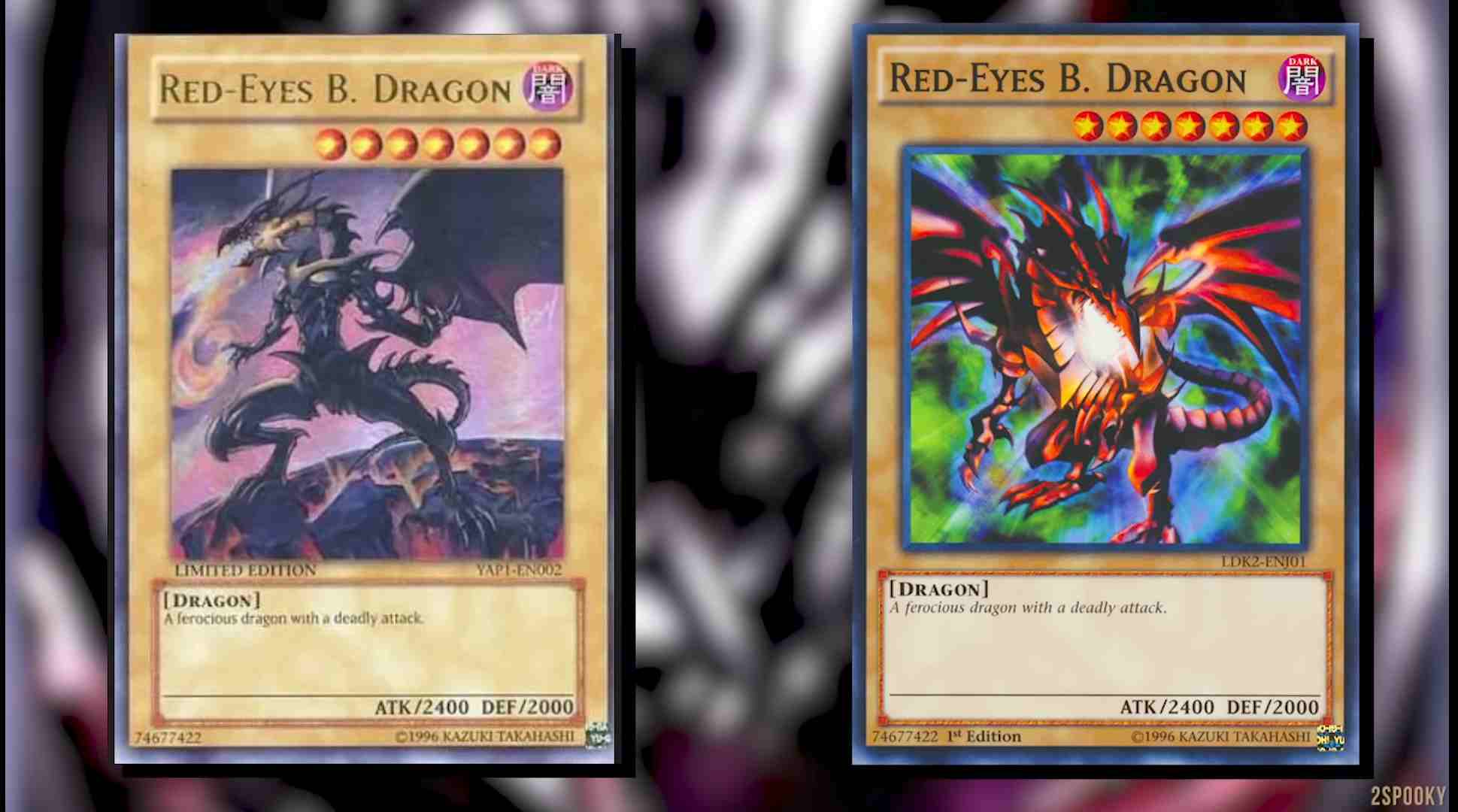
The Red Eyes Black Dragon is a very popular card in the Yu-Gi-Oh! Series. It is often considered to be the counterpart or rival to the Blue-Eyed White Dragon. The Red Eyes Black Dragon is best known for its use by Joey Wheeler and Yami Yugi (Yugi Muto possessed by the Pharaoh).
Also Read: 20 Best Anime About Gambling That You Should Know About
26. The Most Supported Card in Yu-Gi-Oh!
The Ace card of Yugi Muto, The Dark Magician, is the most supported card in the Yu-Gi-Oh! Series, and there are around fifteen additional cards that mention the phrase “Dark Magician” or “Magician” in their descriptions.
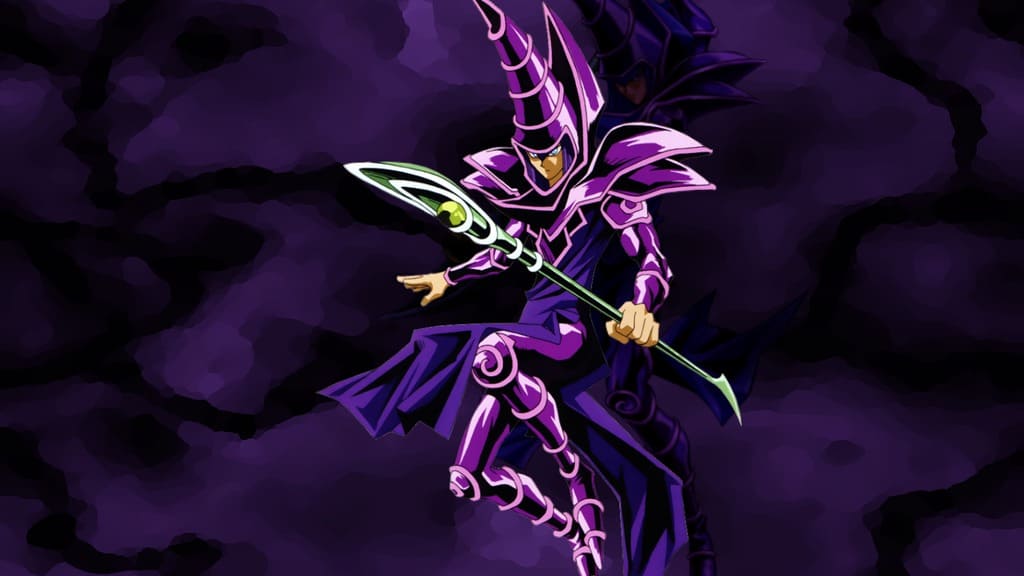
The Dark Magician has been the face of the series, along with the Blue-Eyed White Dragon. Both of these monsters or cards are used by the two main characters in the original story. Yugi Muto uses the Dark Magician, while Seto Kaiba commands the Blue-Eyed White Dragon.
27. The Elemental Hero cards are based on American Superheroes
The popular elemental heroes cards that are used in Yu-Gi-Oh! DX by Jaden Yuki These cards are based on American comic book superheroes and have a very similar resemblance to them. For example, the elemental hero Ocean can be compared to Aquaman, and Clayman can be compared to The Thing or Juggernaut.
This deck, or these cards, were designed by Kazuki Takahashi himself and showed his love and passion for other comic books and heroes.
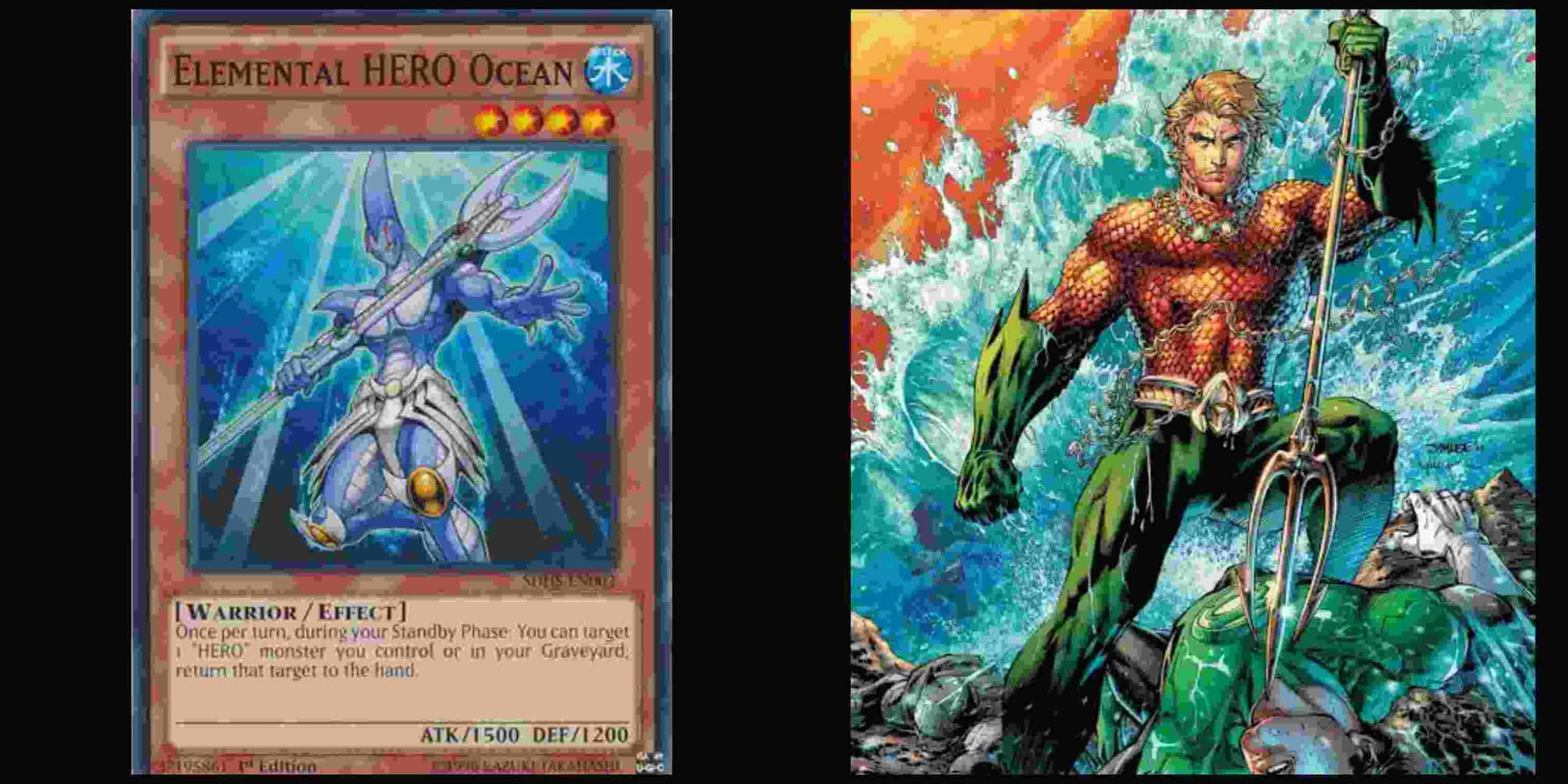
28. The Most Reprinted Card
There is a card in the Yu-Gi-Oh! Universe, which holds the title for the most reprinted card in the whole series. Mystical Space Typhoon has been reprinted twenty-eight times, which is more than any other card in the entire series.
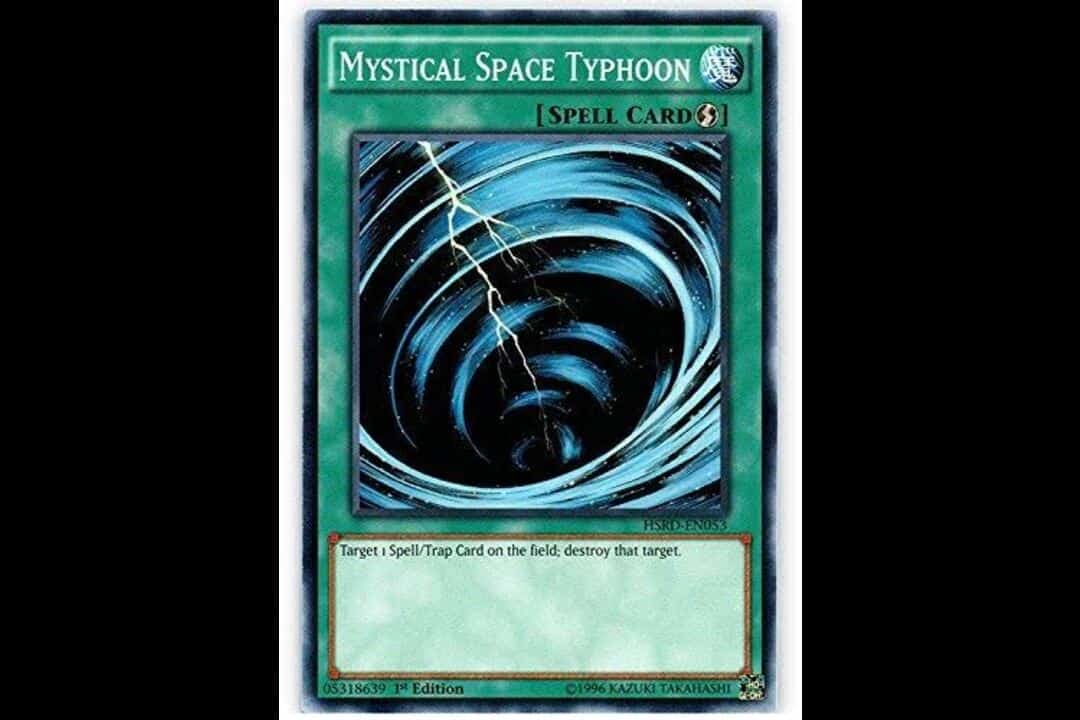
These reprints have occurred because of their inclusion in various other structured deck releases. The card Mystical Space Typhoon is a quick play spell card with the effect “Destroy one magic (spell) or trap card on the field.” It allows the user to instantly use the effect of the spell that is the turn it is played and destroy an opponent’s spell or trap card.
29. Face down attack position monsters
Whenever you summon a monster in Yu-Gi-Oh! It is summoned in either a face-down defense position or a face-up attack position. There is nothing in the game as a default option for face-down attack position summoning. However, some cards allow the players to change the battle positions of some cards to face-down attack position or summon them in face-down attack position.
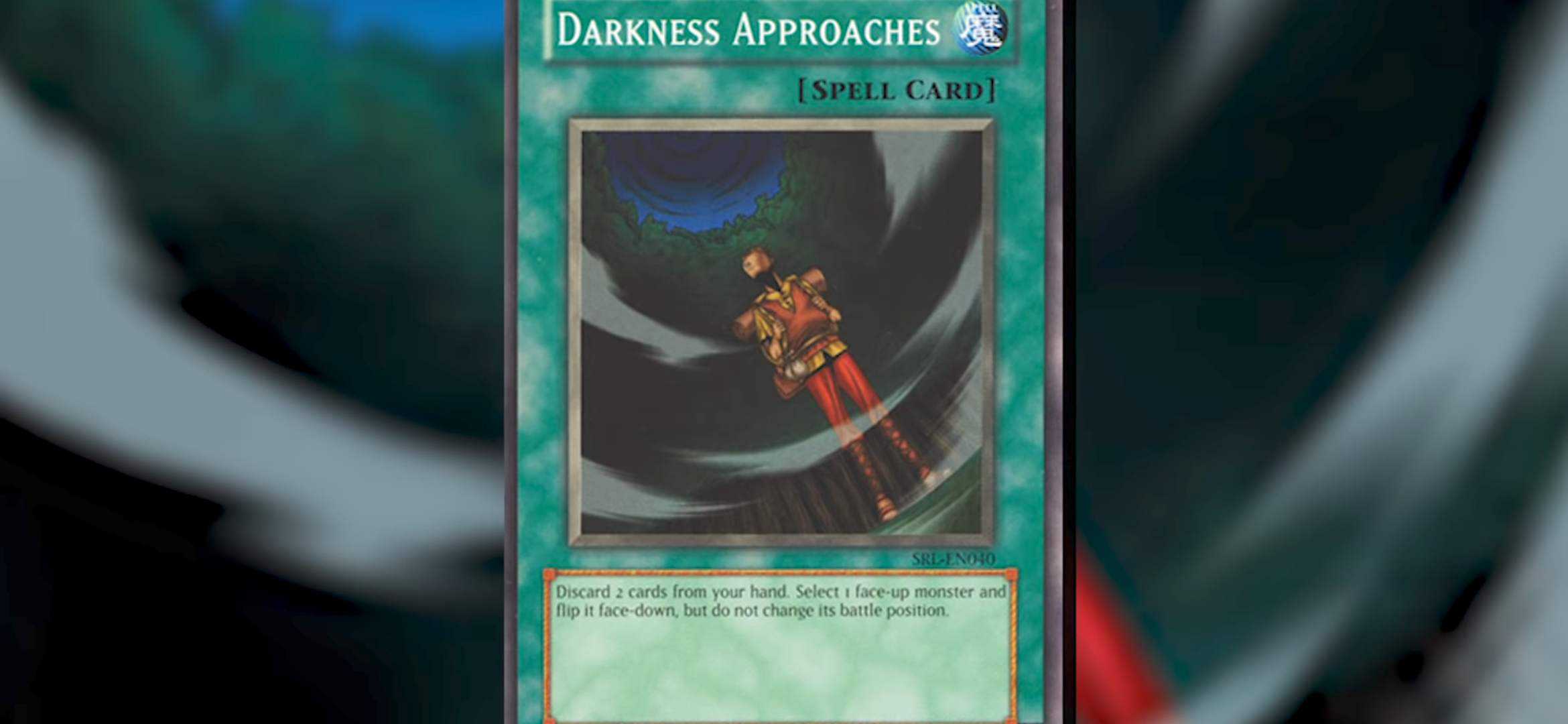
The spell card Darkness Approaches allows the users to technically make a monster be in the face-down attack position. The effect for the card Darkness Approaches says that you “discard 2 cards from your hand and turn a face-up monster on the field to face-down, but don’t change their battle position.”
This means after using the card, and you can select a monster on the field in a face-up attack position and turn it face-down; as the effect mentions, the battle position won’t be changed. So that card will be changed to a face-down attack position from a face-up attack position.
30. The Unplayable Card – Blue Eyes Shining Dragon
Blue Eyes Shining Dragon is one of the key cards in many Blue Eyes players’ decks. This Blue Eyes monster card brings immense value to the players who can use it correctly, turning the tides of a duel in their favor. The Blue Eyes Shining Dragon card was released in August 2004 with the Yu-Gi-Oh! Movie.
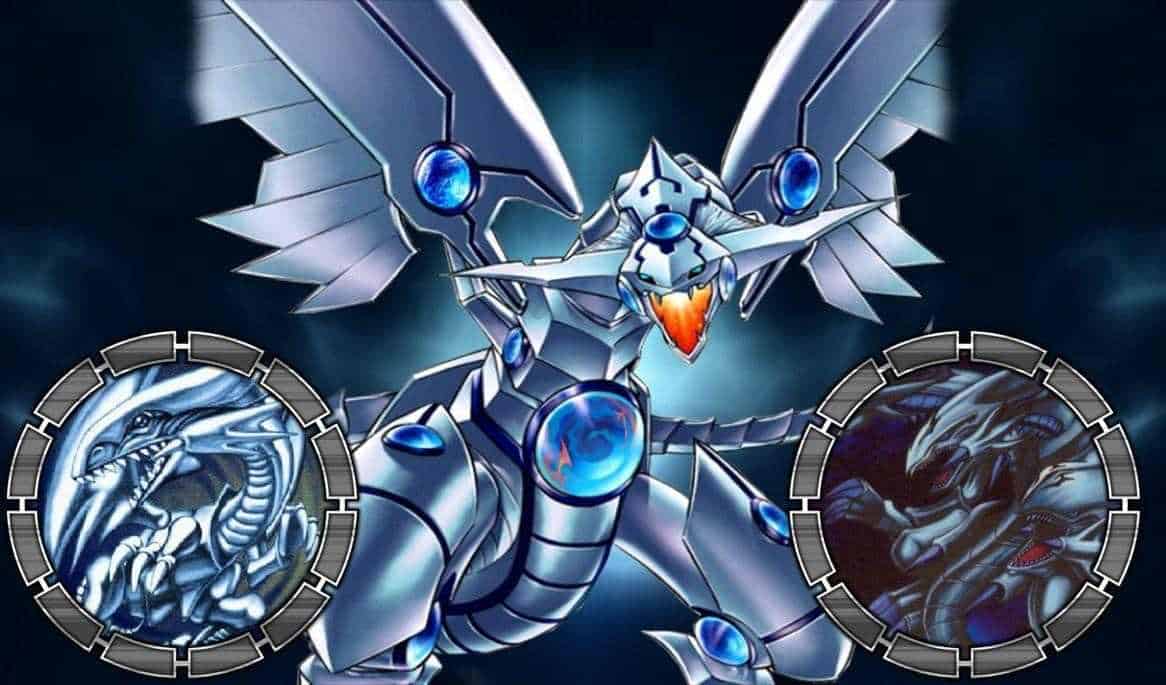
Konami has in the past had a practice of giving out Yu-Gi-Oh! Cards to the viewers who had come to see the Yu-Gi-Oh! Movies. They distributed the Blue Eyes Shining Dragon among the people in movie theaters in 2004. However, this card was unplayable for almost two years. The Blue Eyes Shining Dragon requires the duelist using it to sacrifice a Blue-Eyes Ultimate Dragon to summon it.
The Blue Eyes Ultimate Dragon card was not released until January 2006. This made the Blue Eyes Shining Dragon card almost unplayable or useless for two years. Surprisingly, this card was still allowed in the TCG in the years 2004 and 2005, even when there was no way to summon it.
These were 30 facts related to the popular anime, manga, and trading card game Yu-Gi-Oh! I hope you liked these facts, and I am sure that die-hard fans and casual fans of the series might have known some of the facts mentioned in the list. But I am sure that there are some facts that you didn’t know about and have now discovered for the first time.
Also read: 27 Best Gintama Facts You Might Not Know

